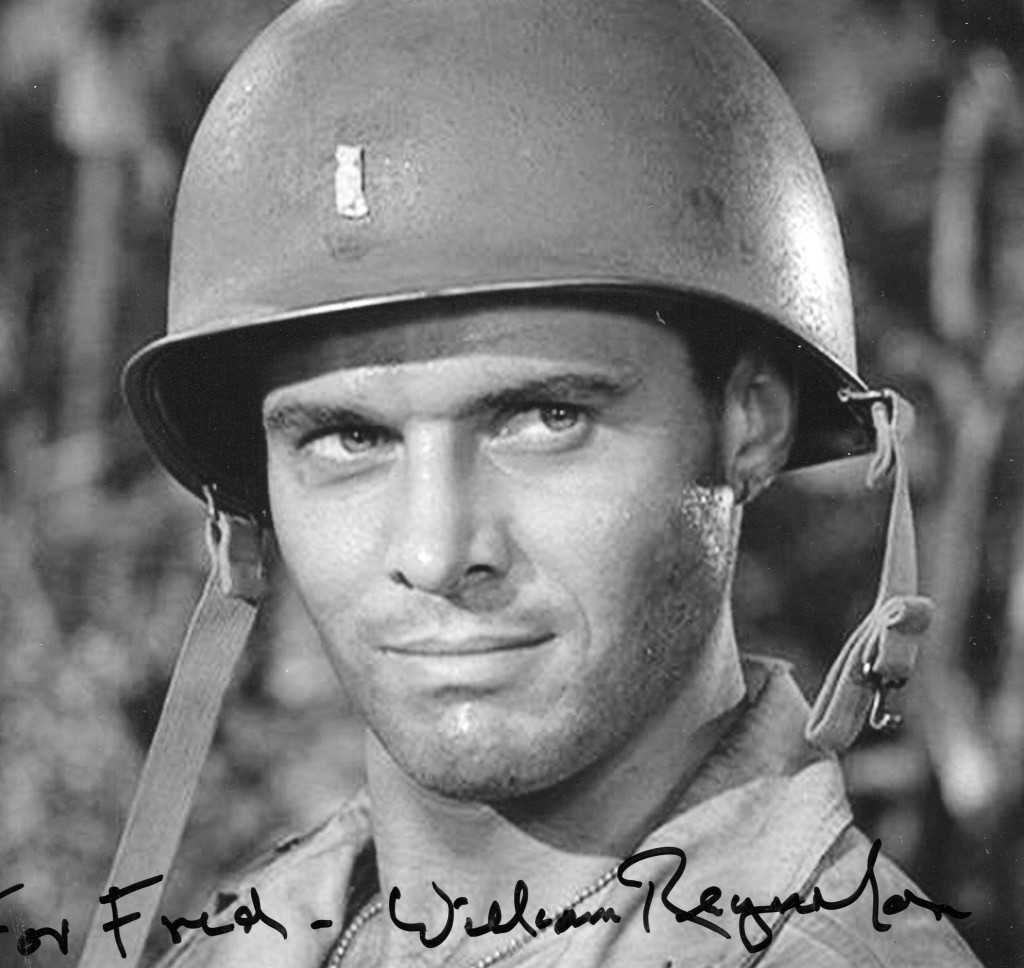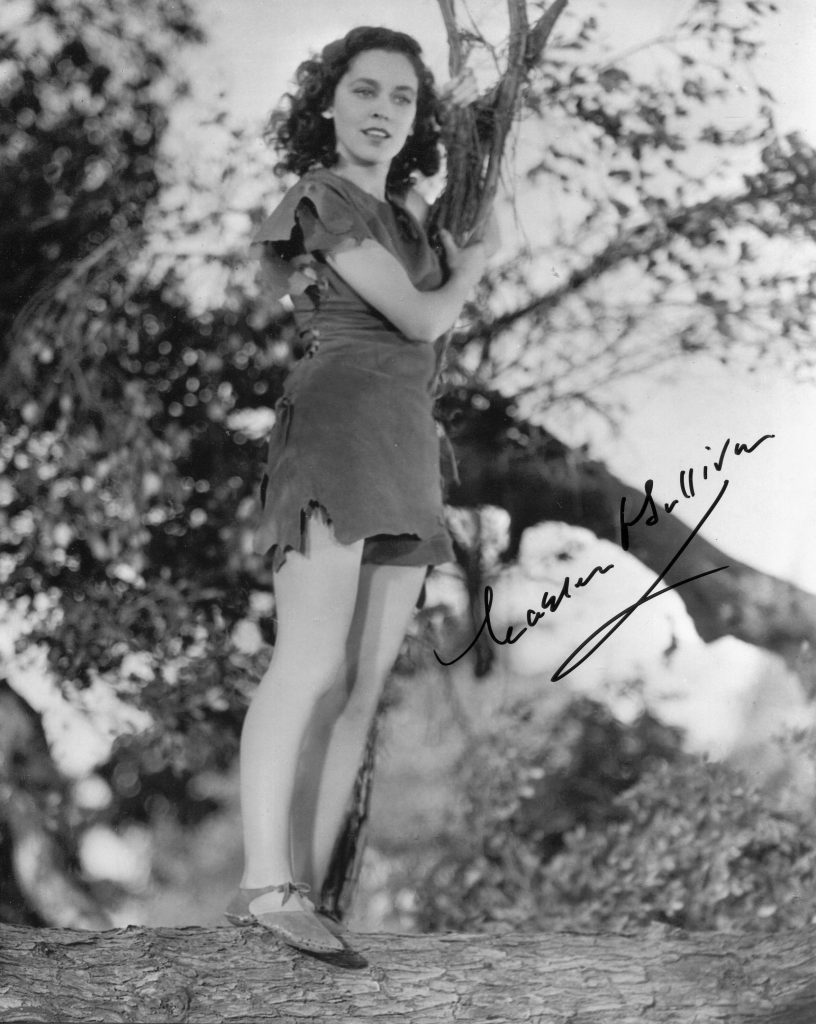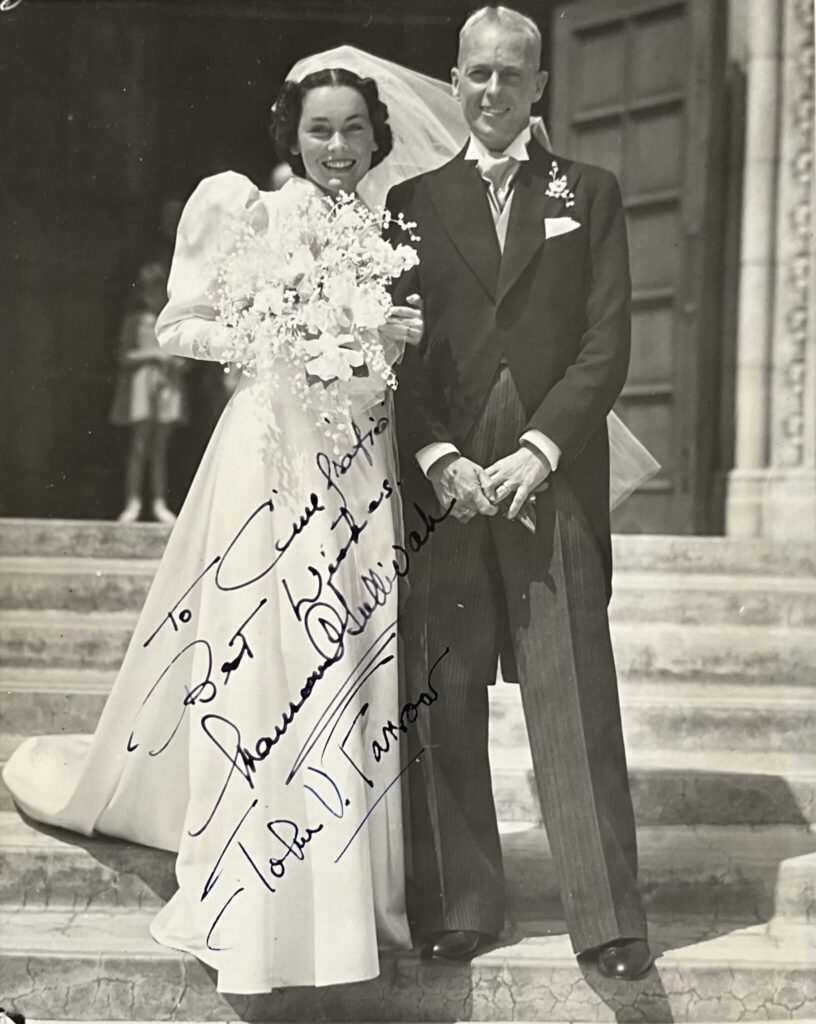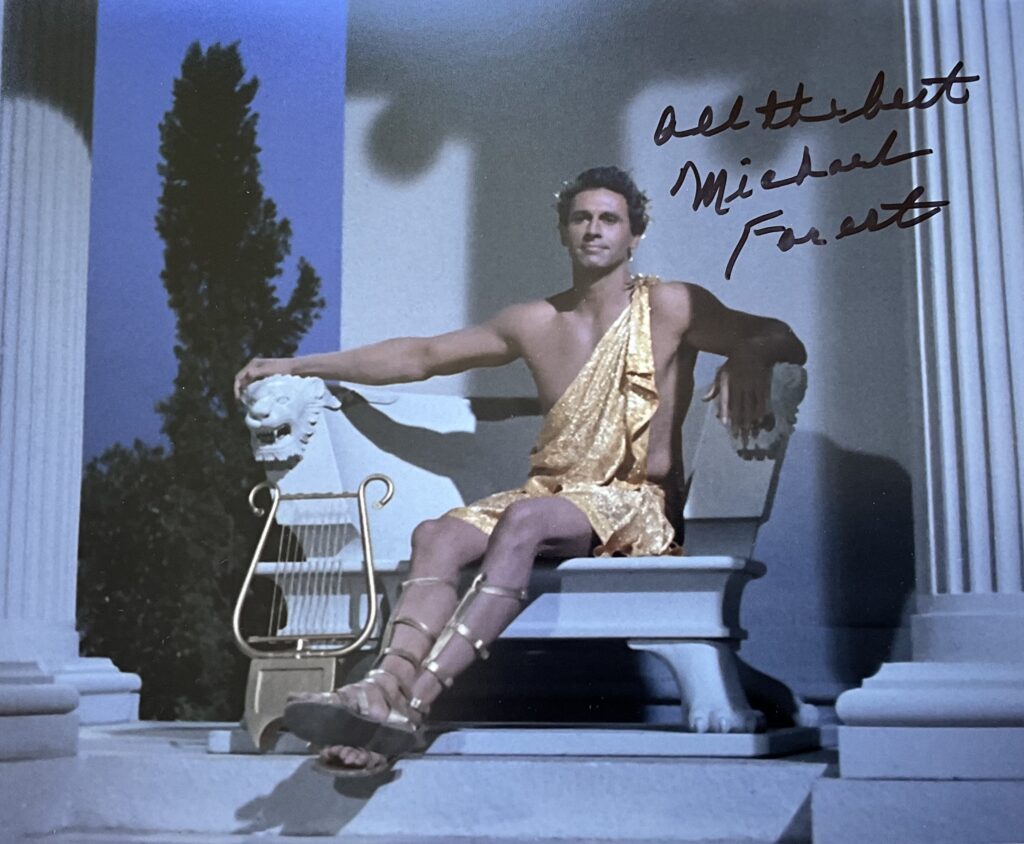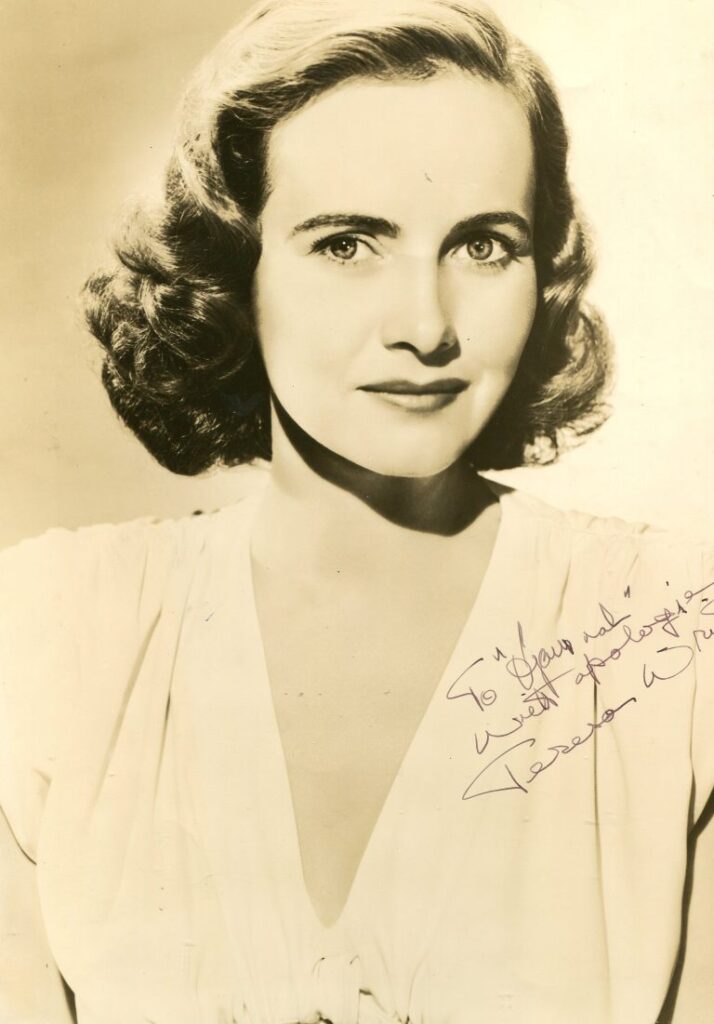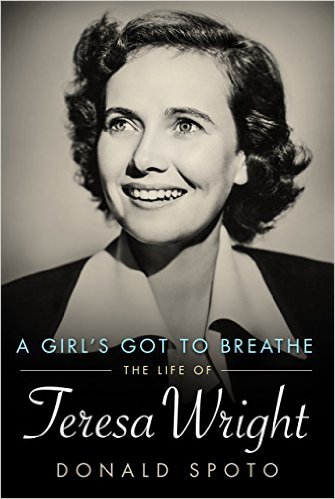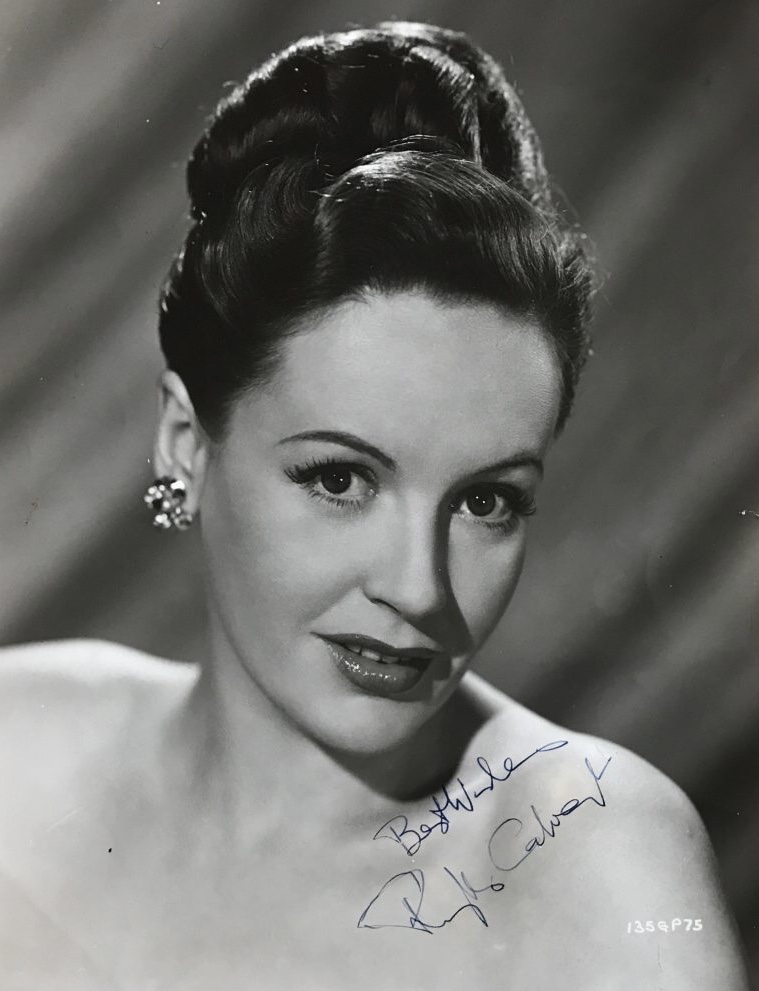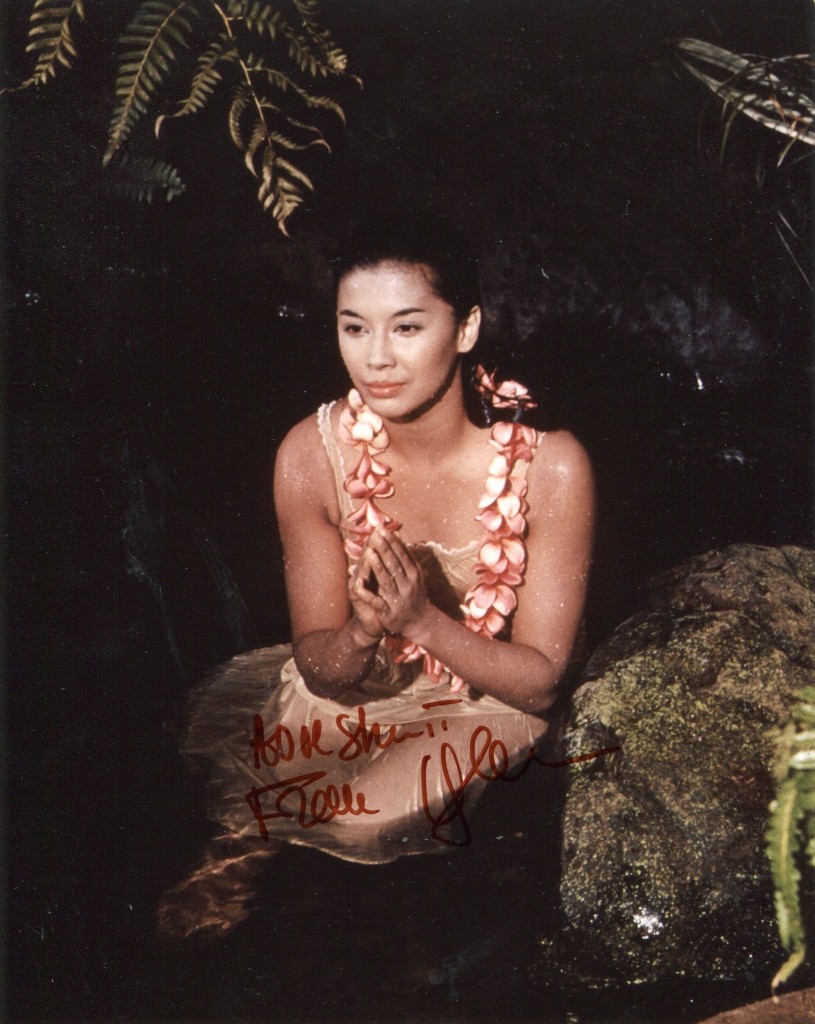
Jack Lemmon was born in 1925 in Newton, Massachusetts. He has had one of the popular and prolific career that any Hollywood actor could wish for. He began by playing callow young men opposite such powerhouse ladies as Betty Grable and Judy Holliday. By the late 1950’s he had developed into a sterling comedic actor starring in such movies as “Some Like It Hot” with Marilyn Monroe and Tony Curtis in 1959 and “The Apartment” with Shirley MacLaine in 1960. He won two Oscars, for “Mr Roberts” in 1955 and “Save the Tiger” in 1973. He starred opposite some of the most iconic leading ladies of the 60’s and 70’s including Doris Day, Romy Schneider, Anne Bancroft and Jane Fonda. He died in 2001. His widow is the actress Felicia Farr.
Duncan Campbell’s obituary of Jack Lemmon in “The Guardian”:
The world of entertainment and millions of fans were yesterday mourning and paying tribute to Jack Lemmon, who died in a Los Angeles hospital following complications related to cancer. The star of Some Like It Hot, The Odd Couple and Missing, and the winner of two Oscars, was 76.
His wife, Felicia, his two children and his step-daughter were at his bedside when he died. He had been in and out of the University of Southern California/ Norris Cancer Clinic in Boyle Heights during the last few months as his condition deteriorated. He underwent surgery a month ago to remove an inflamed gall bladder. Although he died on Wednesday night, news of his death was not made public until early yesterday.
“He is one of the greatest actors in the history of the business,” said his publicist and longtime spokesman, Warren Cowen. “To say one word about him would be ‘beautiful.’ It’s an opinion that is shared by everybody who knew him.”
His death comes almost exactly a year after his old friend and partner in The Odd Couple, Walter Mathau, died of a heart attack. “Happiness is working with Jack Lemmon,” is how the director Billy Wilder once described him.
“What marks all the best work Lemmon has done are some trace elements of the man himself, some perceived truth that as clown or tragic figure, the persona within the character is likable, decent, intelligent, vulnerable, worth knowing; disorganised possibly, flawed almost certainly, but forever worth knowing,” was the assessment of the Los Angeles Times film writer, Charles Champlin.
In 1999, he performed in the television drama Tuesdays With Morrie, for which he won an Emmy and in which he had an opportunity through his role to reflect on death. He was already ill with cancer.
Enormous range
While he may be best remembered for his roles as the musician who had to dress in drag to escape the mob in Some Like It Hot, and as Felix Unger in The Odd Couple, Lemmon’s range was enormous. Whether playing the distraught father of a son missing during the Pinochet dictatorship in Chile in the film Missing, or an alcoholic in The Days of Wine and Roses, or a speedy newspaper man in The Front Page, he managed to bring something different to the role.
Although regarded as one of the great comic actors in the history of film, five of his seven Oscar nominations were for roles in dramas rather than comedies.
Born in 1925 in a lift in a hospital in Newton, Massachusetts, legend had it that he had a case of jaundice which prompted a nurse to remark: “My, look at the little yellow Lemmon.” John Uhler Lemmon III was the son of the owner of a bakery who suffered from childhood illnesses and required 13 operations before he was 13.
After studying at Harvard and serving in the US navy as an ensign in the second world war, Lemmon embarked on an acting career first in the theatre in New York, then on radio, television and film, that spanned half a century. He even managed to resist pressure from the legendary studio boss, Harry Cohn, who wanted him to change his name lest critics and audiences should ever be tempted to describe the movies he appeared in as “lemons”. He won an academy award for the first time in 1956 for his part as Ensign Pulver in Mister Roberts, and again in 1973 for playing a compromised businessman in trouble with the mob in Save the Tiger.
Recently, he had been reflecting on his career. Explaining his roles in Missing, The Days of Wine and Roses and The China Syndrome, in which he played a nuclear power plant operator, he said: “I like a film that has a point of view.” He said that it was not necessary for him to agree with a point of view in order to play the part, but that films that made people think always attracted him. But he was philosophical about the movie business: “We all make bad films _ you misjudge. That happens more often than the hits. But I have been able to get films that have worked, not only at the box office, but critically and with the public, often enough so that I’m still around. I can still get wonderful parts, thank God… I am passionate about acting, I love it, respect it. It gets me.” He kept acting and getting parts until near the end.
While Lemmon said he had loved his career and felt privileged to have played so many different parts, he said that his career was always much less important to him than his family. He was married from 1950 to 1956 to the actress Cynthia Stone, and their son, Chris, was born in1954. In 1962, he married the actress Felicia Farr, and their daughter, Courtney, was born in 1966. His family said yesterday that his funeral would be private.
His two most rewarding film partnerships were with the director Billy Wilder, who directed Lemmon with Marilyn Monroe and Tony Curtis in Some Like It Hot, The Apartment, Irma La Douce and The Front Page, and with Walter Mathau, with whom he starred in eight films.
The above “Guardian” obituary can also be accessed online

